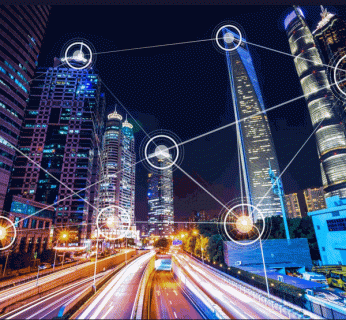 When you stop and think, you realize that infrastructure, at its core, is undoubtedly about connectivity.
When you stop and think, you realize that infrastructure, at its core, is undoubtedly about connectivity.
Infrastructure enables people and what they need, so as to function and thrive, to provide the structures to get them from place to place, to provide sustaining residence and prospects.
If we make this infrastructure “smart,” what will that give us?
“Smart” as a concept is not just supplying the connectivity but also delivering the sense-making capability from what it offers, through the data provided. We can model, use big data analytics, apply analysis and data mine, to make this set of connections, to improve our intelligence.
As we build the smart infrastructure, we are developing intelligent infrastructure; where we learn, improve decisions, and advance our abilities to connect and improve the essential functions that infrastructure offers. ‘Smart’ can potentially connect all the parts of the city. Continue reading
 There are many barriers or concerns about implementing Smart Infrastructure that we need to address; otherwise, it will be held back if we do not adequately resolve these.
There are many barriers or concerns about implementing Smart Infrastructure that we need to address; otherwise, it will be held back if we do not adequately resolve these.
 Today 55% of the world’s population resides in urban areas; in2050, that will be staggering at 68% of the world population will be living in cities.
Today 55% of the world’s population resides in urban areas; in2050, that will be staggering at 68% of the world population will be living in cities.